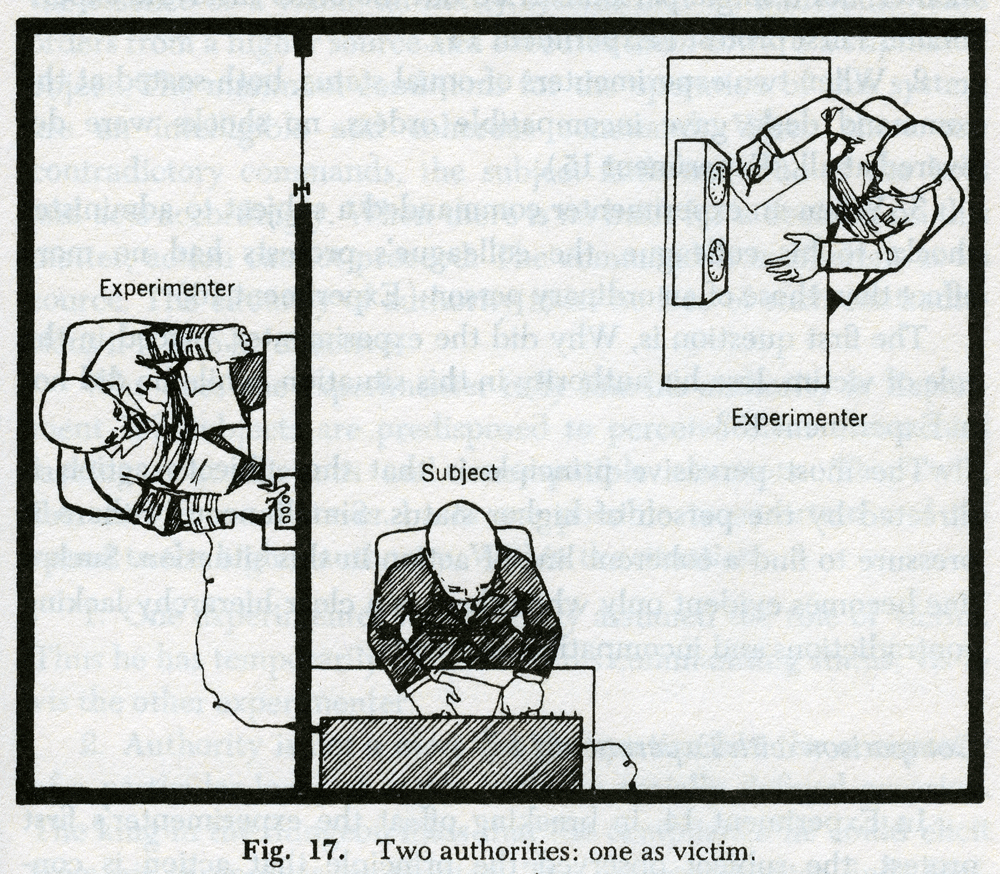Dalia Savy
Jillian Holbrook
Ashley Rossi
AP Psychology 🧠
334 resourcesSee Units
What if stress has to be added to run an experiment? Every experiment has some sort of added stress, but how do we make sure that the potential risk to participants does not outweigh the benefits of the study? How can psychological ethics allow us to approach discussions about reasonable harm?
For example, consider a study on anxiety. The research team may need to induce anxiety in a research participant for their study, but ethics dictate how distress can be caused in a way that minimizes harm and upholds ethical values. Experiments fail if participants are biased with prior knowledge of the experimental procedure and goals, so the ethical guidelines of psychology inform researchers how to conduct experimental research ethically.
Ethical Guidelines
These ethical and legal guidelines provided by the American Psychological Association protect research participants from unethical practices.
The ethical guidelines on human research are:
- Informed Consent (participants must agree to participate)
- Deception (If deception is used, it must not be done in a way that invalidates informed consent)
- Deception debriefing (If deception was used, the researchers must explain the true purpose of the experiment after it has occurred)
- Protection from harm or discomfort
- Anonymity (information about the participant will be held a secret)
- Coercion (participants cannot be coerced to give consent to be in any study)
There are a few committees that review experiments before they are conducted to ensure that these guidelines are put in place and participants are protected:
- The Institutional Review Board (IRB) is a committee that reviews research studies involving humans for ethics.
- The Institutional Animal Care and Use Committee (IACUC) reviews research studies involving animals for ethics violations. 🐶 🐱
Unethical Experiments
In the past, there have been experiments that are now considered unethical. With these guidelines and precautions now in place, we are hoping to avoid other experiments like the Milgram Experiment and Harry Harlow's monkey experiment.
The Milgram Experiment ⚡
The Milgram Experiment is a very famous demonstration showing how people will obey authority figures even when they disagree. Subjects were instructed to sit in a chair and ask a learner, who was actually working with Milgram, to list pairs of words. If the learner got it wrong, a scientist would instruct the subject to deliver an electric shock to the learner.

Image Courtesy of Two Cents
It was later found that this experiment had several ethical issues. Although the learner was not actually shocked, the authority made the subject believe that they delivered electrical charges that were potentially fatal. Thus, the subject experienced the trauma of hurting another person. The participants were both harmed and deceived, especially as the debriefing did not include that the learner was never actually punished.
Harry Harlow's Monkey Experiment 🐒
Harlow and his wife Margaret bred rhesus monkeys for their research in learning. To prevent the spread of infection, they began separating young monkeys from their mothers early on. These young monkeys were typically put in a sterile cage with a baby blanket for warmth. Interestingly, Harlow noticed that when the blanket was removed to be laundered, the young monkeys became distressed.
This observation contradicted the theory that attachment stems from the need for nourishment. The blanket clearly offered no food or physical nourishment to the baby monkey, but they became attached to it nonetheless. Why was this? According to Harlow, this was because of the contact comfort the blanket provided.
To test this theory, an astoundingly unethical experiment was designed. Be warned that the following experiment contains elements of animal cruelty.
Harlow created two types of artificial mothers: one was a bare wire cylinder with a wooden head and an attached bottle for feeding (yes, it was as terrifying as it sounds). The other “mother” was wrapped in terry cloth and provided no nourishment. If, in fact, attachment bonds form from the infant’s need for nourishment, then the young monkeys should prefer the wire mother with the attached bottle.
Image Courtesy of Verywell Mind.
The results suggested otherwise. Young rhesus monkeys presented with both mothers overwhelmingly preferred the comfort of the terry cloth one over the wire one, despite the fact that the cloth mother provided no food.
When the babies became stressed, they would cling to the cloth mother for comfort. When exploring, they would use the cloth mother as a secure base, returning to her every so often after venturing out.
The experiments became even more unethical. Harlow began to sequester young monkeys for months or years at a time with no source of attachment or interaction—only food and drink. These neglected monkeys became completely catatonic and indifferent toward their environment. In adulthood, they could not properly bond or relate with other monkeys. Female monkeys could not get pregnant since they had no interest in social interaction. Harlow had to artificially inseminate these females in order for them to reproduce.
Sadly, Harlow observed that these neglected female monkeys completely ignored their babies and neglected to feed them. In some cases, the mothers even injured or killed their babies. The implication was clear: these neglected mothers could not properly love or bond with their babies.
Browse Study Guides By Unit
🔎Unit 1 – Scientific Foundations of Psychology
🧠Unit 2 – Biological Basis of Behavior
👀Unit 3 – Sensation & Perception
📚Unit 4 – Learning
🤔Unit 5 – Cognitive Psychology
👶🏽Unit 6 – Developmental Psychology
🤪Unit 7 – Motivation, Emotion, & Personality
🛋Unit 8 – Clinical Psychology
👫Unit 9 – Social Psychology
🗓️Previous Exam Prep
📚Study Tools
🤔Exam Skills

Fiveable
Resources
© 2025 Fiveable Inc. All rights reserved.